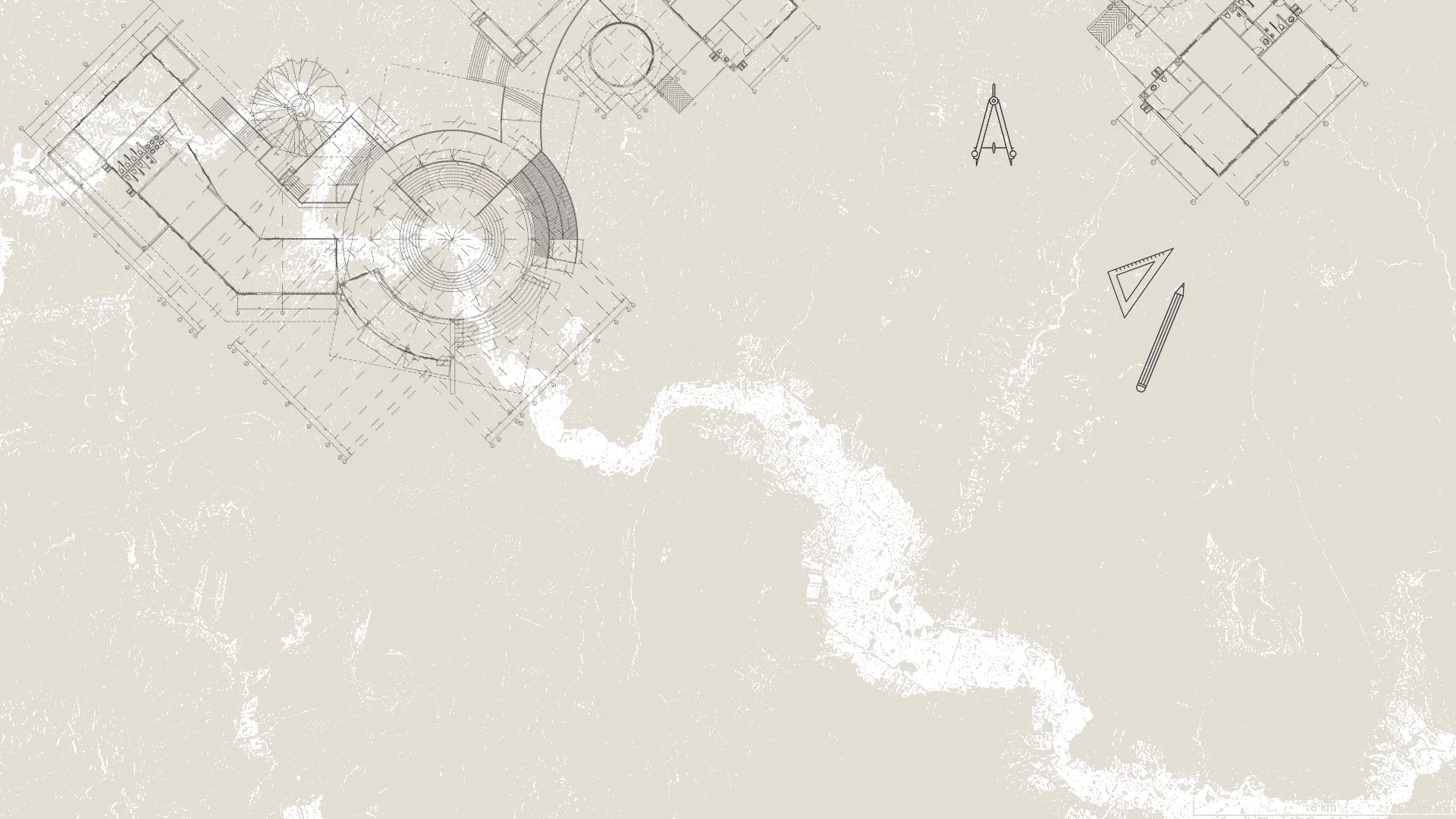
Engineering The Ancient River
How modern infrastructure is reshaping the Euphrates
Published: 22 March 2024
Story by UNDP Syria and Onewater
The Euphrates River and its waters are a crucial source of energy for Turkey, Syria and Iraq, supporting millions across the basin. Its many reservoirs also play an indispensable role for domestic, agricultural and industrial water supply.
This is a perfect location for hydropower
Across the Euphrates Basin, numerous operational hydropower dams collectively generate.
over 34,560 MW of energy
Additionally, more than 70 reservoirs which are largely created as a result of the dams - provide drinking water and irrigation water for more than 20 million people.
For example, the Tabqa Dam is Syria's largest hydroelectric facility. It was built between 1968 and 1973 and is of great importance in the country. Standing 60 metres and stretching across 4.5 kilometres, this critical infrastructure not only supports irrigation and electricity generation, but also creates Lake Euphrates, the nation's largest lake. Lake Euphrates is officially classified as an Important Bird Area, highlighting the Tabqa Dam’s ecological significance.
Furthermore, hydropower offers a clean, renewable energy source that offers a sustainable alternative to fossil fuels.
Its ability to produce electricity without emitting greenhouse gases positions make it a key component in the fight against climate change and in promoting energy security.
If hydropower in the Euphrates would be replaced with coal power plants, an additional
would be emitted per year
However, the construction and use of dams and reservoirs can have adverse effects on local ecosystems, including habitat disruption for birds and wildlife. While reservoirs can themselves become new ecosystems, concerns remain about the impact on existing ones.
Dams can block fish migration paths and reduce water flow downstream, potentially harming ecosystems hundreds of kilometres away.
Additionally, the practice of hydropeaking involves adjusting water flow through dams to match electricity demand peaks. This means that water levels can increase or decrease very suddenly in a river ecosystem. Though beneficial for energy management, hydropeaking disrupts river ecosystems by negatively impacting and sometimes drowning wildlife and habitats.
Upstream and downstream dynamics also need to be examined. Increased irrigation potential from the reservoirs can enhance levels of food production in the surrounding area. However, downstream agricultural lands and fisheries may be deprived of vital sediments and nutrients. This could lead to increased erosion and risk of delta collapse due to a lack of sediment replenishment.
Finding solutions to these challenges requires careful consideration. Currently, advancements in solar and wind power are making smaller hydropower projects less environmentally justifiable. Focusing on larger dams essential for water, energy, and food security may be a better approach.
For all dams, whether existing or planned, we can minimise their environmental impact by involving local stakeholders from the outset and throughout. Circular systems and technologies can act as complementary measures to hydropower, or even alternatives, given the right context.